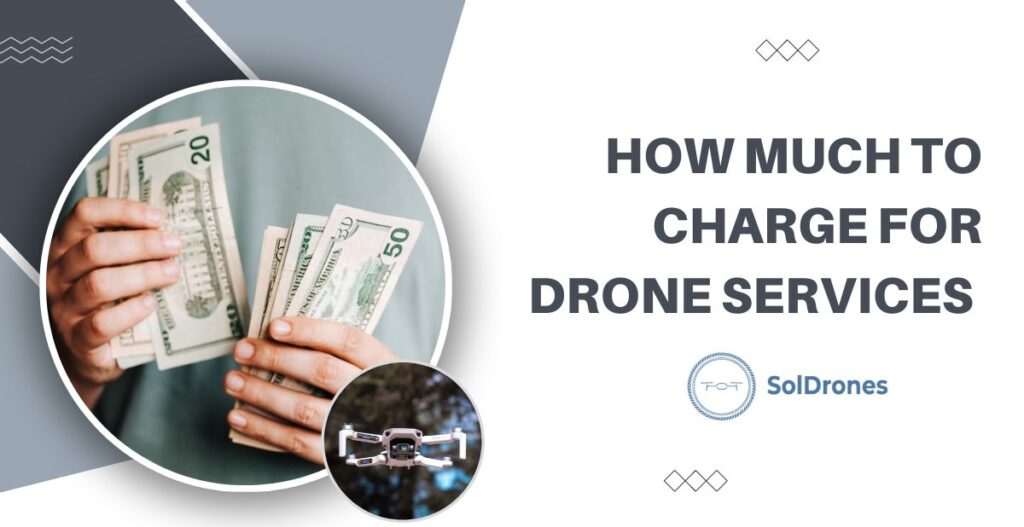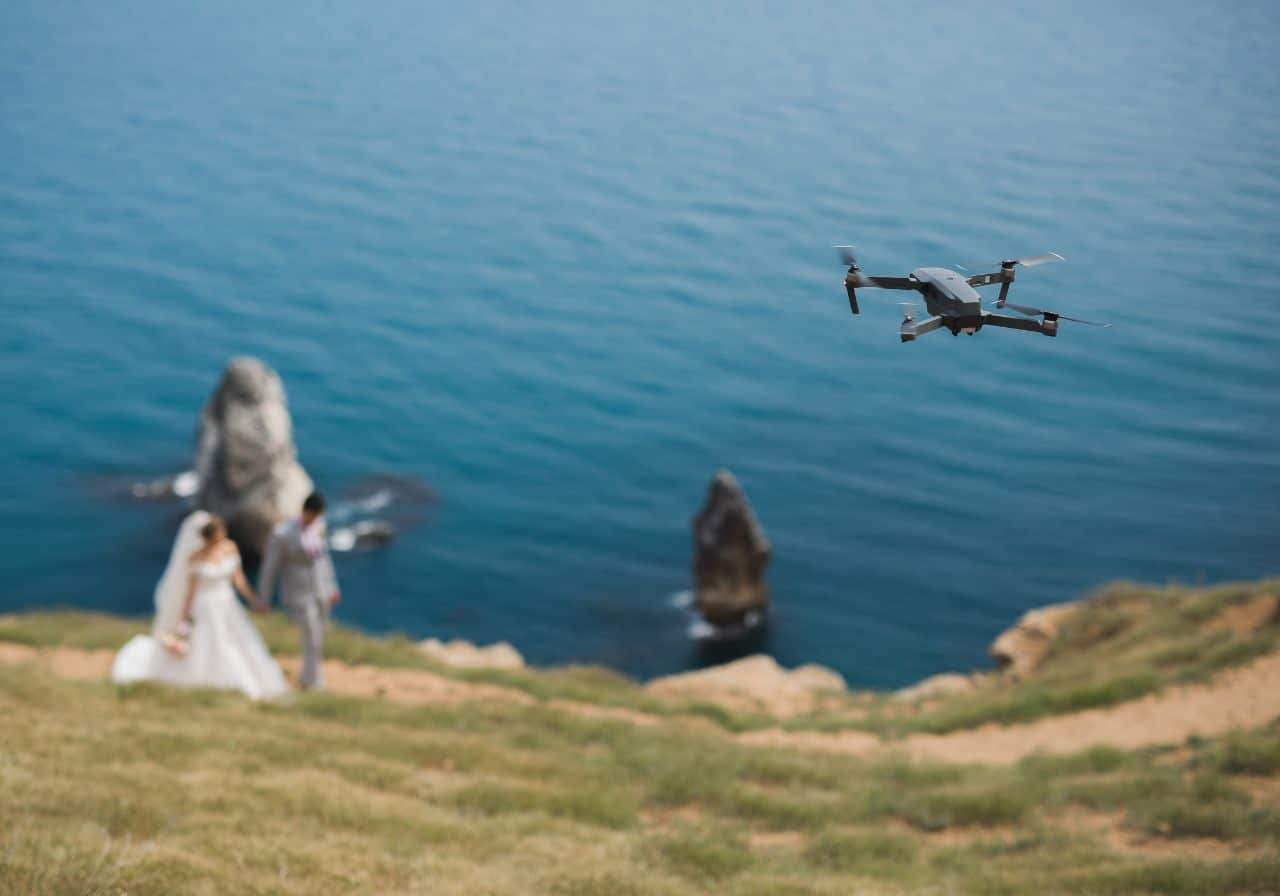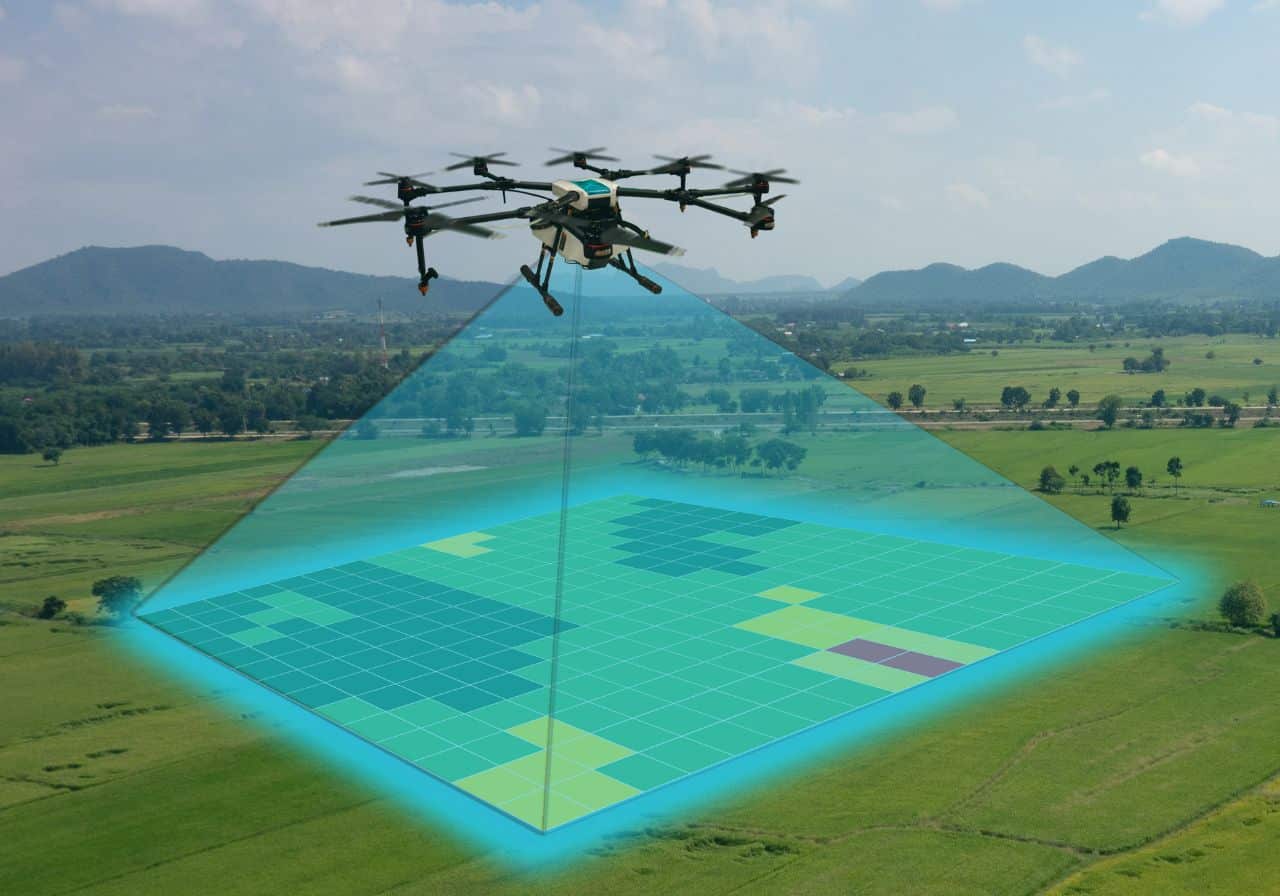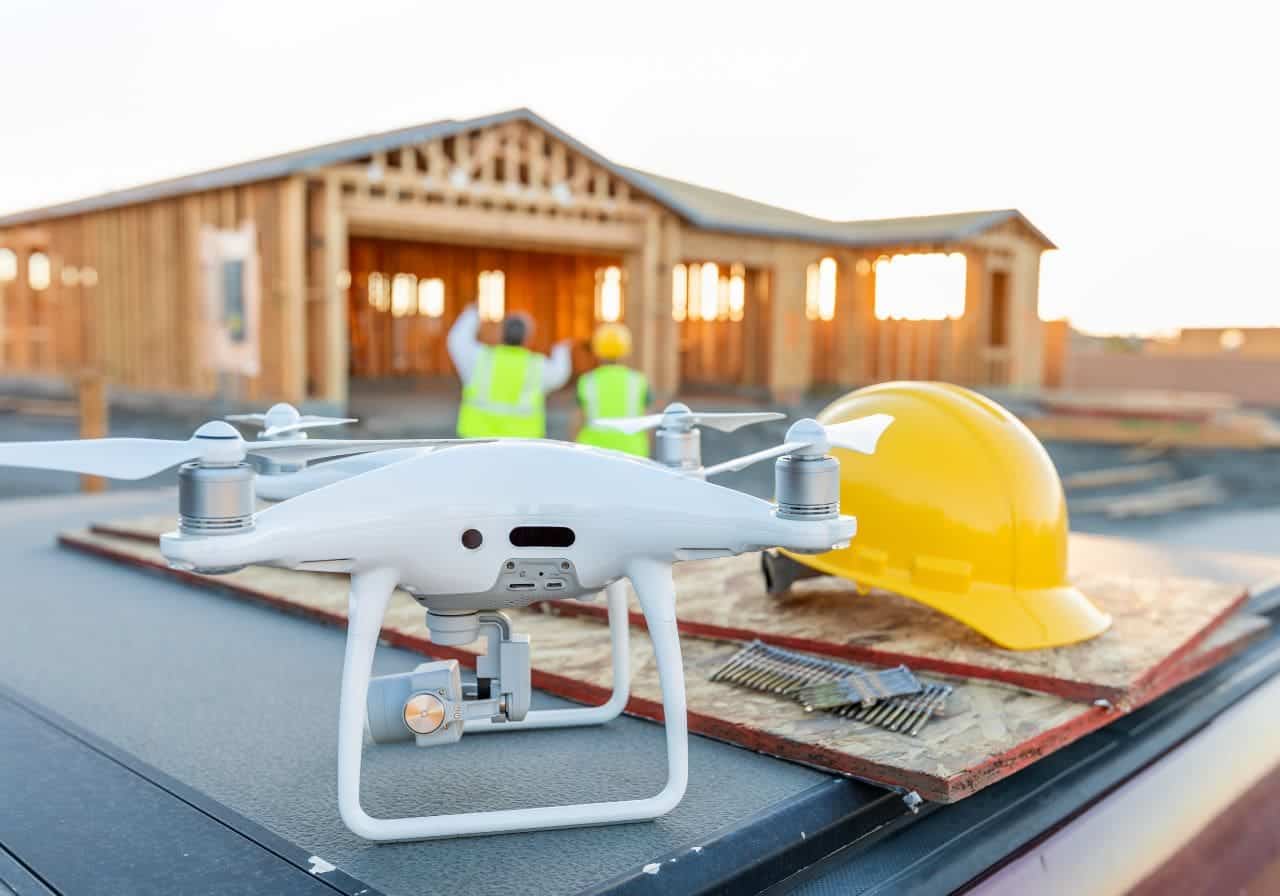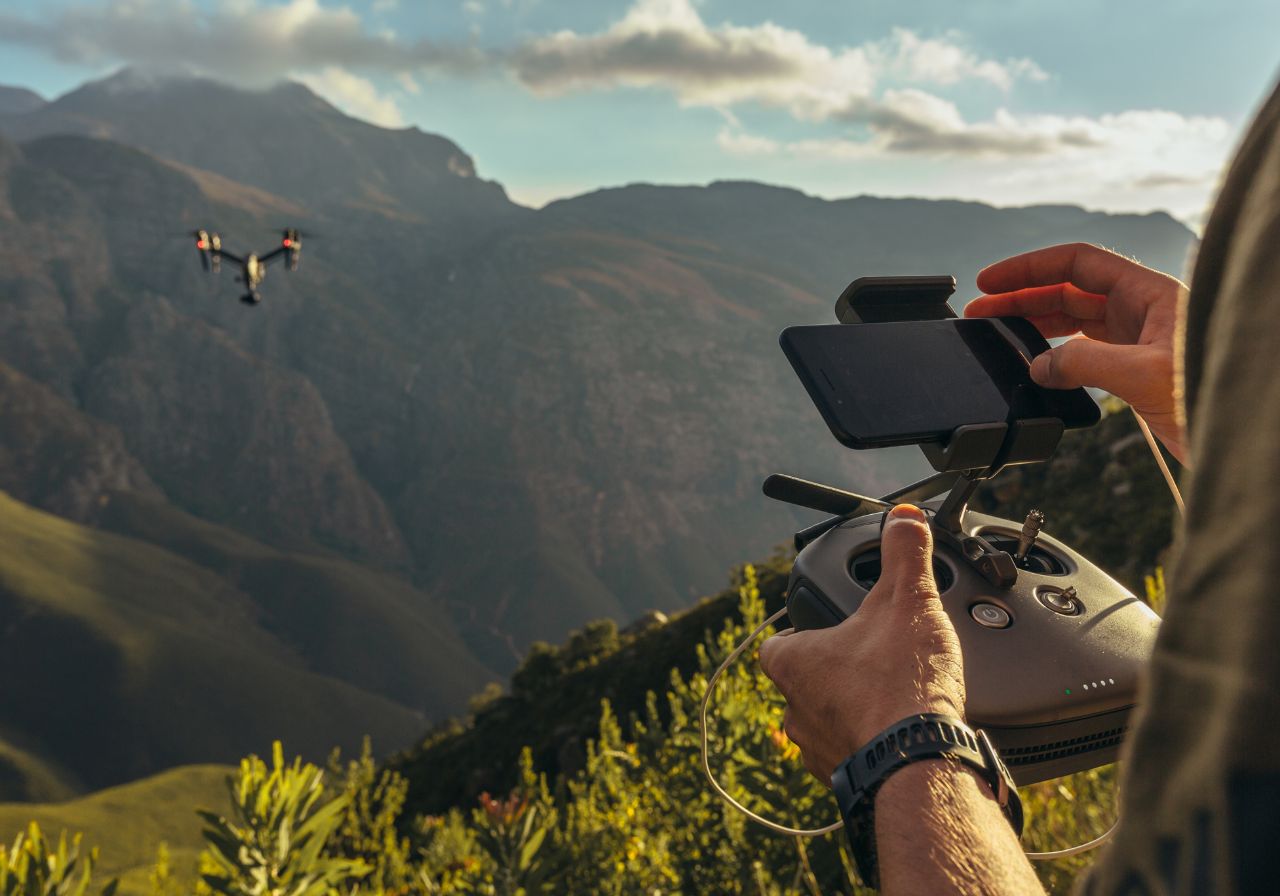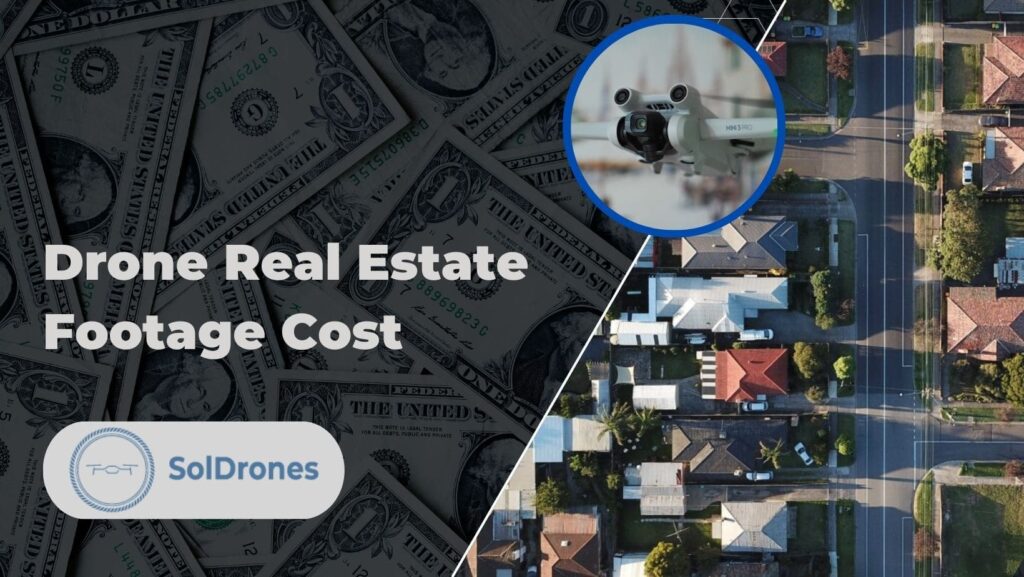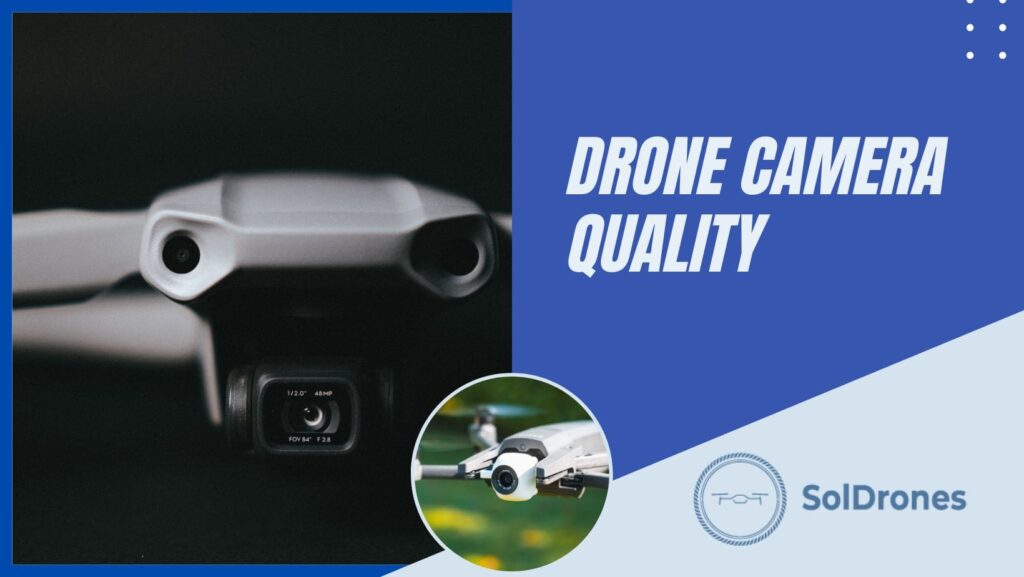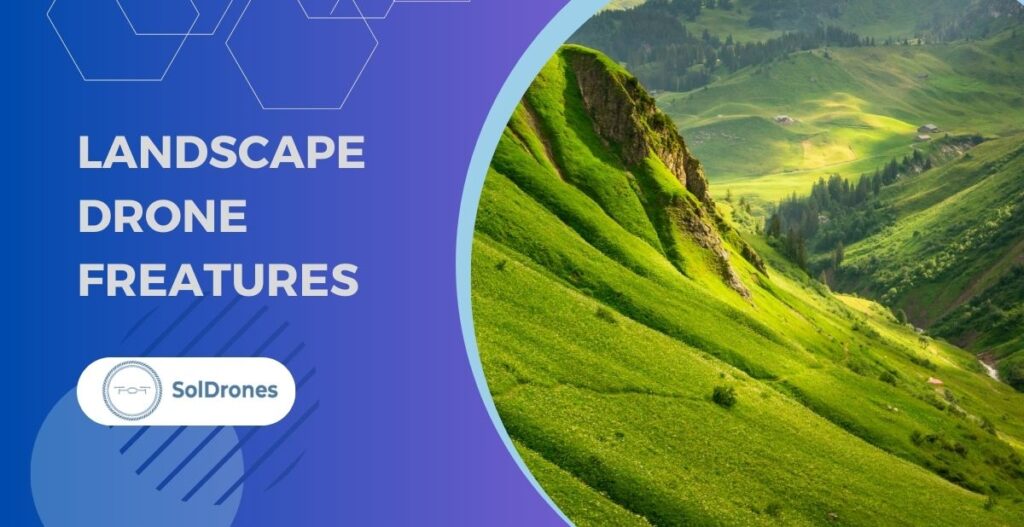The drone industry has swiftly transitioned from a niche hobbyist’s corner to a bustling market for professional drone pilots, with services sought after across multiple sectors.
As entrepreneurs and tech enthusiasts navigate this upsurge, one crucial question looms large: how should you price your drone services?
This puzzle presents more than a mere numbers game—it’s a strategic decision that can spell the difference between a thriving drone business and a struggling enterprise.
As drone technology becomes more sophisticated and accessible, the potential for drone-based services and competition expands.
Charging too much may drive clients away, while charging too little could devalue your service and undermine your drone business’s financial health.
In this blog post, we aim to offer a detailed compass to help you chart out your pricing path. We’ll dissect the types of drone services carving out the market today, from aerial photography that captures life’s precious moments to drone real estate photography and industrial inspections that keep workers safe. Understanding what goes into the cost of offering these cutting-edge services is just the start.
We’ll pilot you through the complexities of the market, cost calculations for drone photography, value assessments, and communication strategies that will justify your rates and highlight the distinct value you bring to the table.
Article Highlights:
- Strategic pricing in drone services boosts market competitiveness and caters to varied sector demands.
- Operational costs versus client value shapes profitable and competitive pricing strategies for drone pilots.
- Tiered service packages and relevant add-ons tailored to client needs, fostering business growth and customer satisfaction.
Understanding the Drone Service Market
As the drone industry hovers over new terrain, full of promise and innovation, understanding the market for drone photography is critical for drone pilots and anyone looking to price their drone services effectively.
Charging too much may drive clients away while charging too little could devalue your service and undermine your drone business's financial health.
Below, we break down the essential components of the drone service market that are crucial for defining your pricing strategy.
Factors Influencing the Drone Service Industry
The drone service industry is swayed by a multitude of factors that can affect how a drone pilot sets prices:
- Technological Advances: As drone technology advances, the costs of drones and their maintenance may decrease, but the value and sophistication of the services offered can increase.
- Regulatory Changes: Drones are subject to regulations that vary by country and region. Changes in these regulations can impact operational costs and the types of services you can offer.
- Demand Fluctuations: Seasonal demands or industry trends can lead to fluctuating work volumes, affecting pricing flexibility and service rates.
- Economic Shifts: Broader economic conditions can impact clients’ budgets and willingness to invest in drone services.
The Competition Landscape of Drone Photography
Knowing your competitors as a drone pilot is as important as knowing your own business:
- Local vs. Global: Determine whether your main competitors are local businesses or if you are also competing with global entities that offer similar services.
- Service Differentiation: Analyze how your competitors differentiate their services and how you can position your offerings to stand out.
- Pricing Strategies: Assess competitors’ pricing models and how they align with customer expectations in your target market.
- Market Saturation: Gauge the level of market saturation and how it might affect your ability to enter the market or adjust prices.
Identifying Your Target Market
To pinpoint the right pricing strategy, you need to identify who will receive your services:
- Demographics: Determine the demographic characteristics of your potential clients, such as age, profession, and geographic location.
- Industry Needs: Different industries have varied needs and budgets for drone services. Identify which industries have the strongest demand and what they are willing to pay for your services. For example, drone real estate photography is one of the most booked services for professional drone photographers.
- Client Type: Are your clients large corporations, small businesses, government entities, or individuals? Understanding the client type can shape your pricing structure.
- Value Perception: Understand how your potential clients perceive the value of drone services. This will help you price services based on the value delivered rather than just the cost incurred.
Understanding these elements of the drone service market is essential for shaping a pricing strategy that is both competitive and profitable.
Considering the ever-changing technological landscape, regulatory environment, and market demands, it requires a dynamic approach.
With this knowledge, you can craft a pricing model that resonates with your clients and ensures your business thrives in the bustling airspace of drone services.
Types of Drone Services, Pricing Models, and Rough Estimations
The versatility of drones has opened up a wide array of services across industries, each with unique requirements and pricing structures.
Below, we explore the prominent types of drone services, and the common pricing models service providers adopt.
The Different Pricing Models
Drone service providers and drone pilots typically use one or a combination of the following pricing models:
- Hourly Rates: Suitable for jobs where the time required is predictable, often used for drone photography, videography, and event monitoring.
- Per Project: Common for services with well-defined scopes, such as real estate shoots or specific inspection tasks.
- Subscription-Based: Beneficial for recurring services like security monitoring or regular agricultural surveys, providing consistent revenue for the provider and predictable costs for the client.
- Flat Rate Packages: Often used for weddings and events, these packages bundle services for a set price.
Aerial Photography and Videography
Depending on the type of service you’re providing for clients and the complexity of the project, you’ll have some pricing ranges, as you can see in the table below.
| Type | Pricing Model | Rough Estimation |
| Real estate | Per project | $200 – $2,000 |
| Weddings and events | Package pricing | $1,000 – $3,000 |
| Commercial advertising | Custom pricing | $5,000 – $20,000 |
For instance, if you’re photographing a residential home, you might only be able to charge a few hundred dollars, but if you’re working on a large commercial property, the project could be well into the thousands.
Mapping and Surveying Services
In many case, mapping and surveying drone companies charge per day. But to give you a rough estimate of what you might be able to charge by acre, check out the table below:
| Type | Pricing Model | Rough Estimation |
| 2D mapping | Per acre | $5 – $100 |
| 3D mapping | Per acre | $10 – $200 |
| Terrain analysis | Per project | $1,000 – $5,000 |
This obviously will depend on your location and the markets you’re operating in.
Inspection Services
We’ve written at length about drone inspection services, such as industrial inspections, construction, and more.
| Type | Pricing Model | Rough Estimation |
| Industrial inspections | Hourly rates | $150 – $200 per hour |
| Agricultural surveys | Per acre | $3 – $50 |
| Infrastructure and construction inspections | Per project | $500 – $2,000 |
Custom Services
Some custom drone service pricing estimate projects might be as follows:
| Type | Pricing Model | Rough Estimation |
| Wildlife monitoring | Custom pricing | $5,000 – $20,000 per project |
| Archaeological surveys | Custom pricing | $10,000 – $50,000 per project |
| Environmental research | Custom pricing | $10,000 – $100,000 per project |
Selecting the right pricing model is as crucial as the service offered. It should align with the nature of the service, the market standards, the complexity of the tasks, and the value delivered to the client.
You may use more than one drone for bigger projects, making average hourly rates and drone photography rates vary depending on the client’s requirements.
By understanding the nuances of each service type and matching them with an appropriate pricing model, many drone service providers can set themselves up for sustainable success.
Establishing Your Pricing Strategy
Setting a pricing strategy for your drone services requires a careful balance between covering your costs, reflecting the value you provide, and staying competitive in the market.
Below, we delve into the steps for the pricing options and establishing a pricing strategy that accounts for all these factors.
Calculating Your Baseline Costs
Before you can set any prices, you need to understand your baseline costs, the bare minimum, which include:
- Equipment Costs: The initial investment in the drone and any additional equipment like cameras or sensors, as well as ongoing maintenance and potential repairs.
- Operational Costs: This encompasses everything from the cost of travel to and from locations, battery charging and replacements, insurance premiums, and any required permits or licenses.
- Labor Costs: Your time has value even if you’re a solo operator. Consider the time spent planning, flying, editing footage, communicating with clients, and maintaining equipment.
- Business Overheads: These are the costs of running your business that aren’t tied to a specific job, such as marketing, office space, software subscriptions, and professional services like accounting or legal.
Value-Based Pricing vs. Cost-Based Pricing
Choosing between value-based and cost-based pricing models is crucial for every drone pilot:
- Value-Based Pricing: This strategy sets prices primarily on the perceived or estimated value to the customer rather than on the cost of the service. It requires a deep understanding of your client’s needs and how they measure your service’s value.
- Cost-Based Pricing: In contrast, cost-based pricing involves calculating the total cost of the service and adding a markup for profit. It’s simpler but might not always capture the full value your service provides to clients.
Competitive Analysis
To price competitively, you must understand what others in the market are charging:
- Identify Competitors: List other businesses offering similar drone services in your area.
- Service Comparison: Analyze their services against yours to establish what sets you apart.
- Pricing Information: Gather data on their pricing, if available, and compare it against the value they offer.
Adjusting for Experience and Portfolio Strength
Your experience and the strength of your portfolio can significantly influence your pricing.
More experience can often command higher prices, as clients pay for expertise and peace of mind.
Having a strong portfolio that showcases exceptional work can justify higher rates. It’s visual proof of the value you bring to the table.
Your pricing strategy is not just about numbers; it reflects your brand and the quality of your work. It should be flexible enough to adapt to different projects and clients while ensuring your business remains profitable and competitive.
Remember that your prices can evolve as you gain more experience, expand your portfolio, and grow your reputation in the drone services industry.
Creating Packages and Offers
Crafting the right packages and offers can make your drone services more attractive to potential clients, simplify sales, and increase revenue through strategic upsells.
Here’s an example of a successful pricing structure:
Building Service Packages
Service packages bundle together various offerings to create a comprehensive deal for your clients. When building these, consider:
- Combining Services: Group services that clients often request together, like drone real estate photography and aerial photography of the adjacent areas.
- Simplicity: Make the package easy to understand while covering a range of needs.
- Scalability: Design packages that can scale according to the size of the project or event.
The Benefits of Tiered Pricing
The tiered pricing structure allows clients to choose a level of service that fits their budget and needs:
- Flexibility for Clients: Clients appreciate having options that can be tailored to their specific requirements and budget constraints.
- Increased Perceived Value: Clients who see what they get with higher-tier packages are more likely to perceive higher value in your premium services.
- Upsell Opportunities: Starting at a lower tier makes it easier to upsell clients to more comprehensive packages once they are satisfied with your service.
Adding Value with Add-Ons and Upsells
Offering additional services can enhance client satisfaction and increase your revenue:
- Relevant Add-Ons: Identify add-ons that complement your main service, such as offering thermal imaging with industrial inspections.
- Incentives for Upsells: Provide incentives like discounts or exclusive extras to encourage clients to opt for higher-tier packages or add-ons on your drone photography services.
- Clear Communication: Ensure clients understand the value and results of add-ons to make them more attractive.
By thoughtfully creating packages, transparent pricing, and offers for drone photography, most drone pilots can provide clear, attractive options to clients, making it easier for them to choose the level of service that’s right for them.
This strategic approach not only simplifies the decision-making process for the customer but also streamlines your own sales efforts, paving the way for a mutually beneficial business relationship.
Final Thoughts
Setting the right prices for drone work can be tricky for drone pilots, but it’s important for a drone business. You need to consider what it costs you to fly your drone and ensure you still earn some money after that.
It’s also a good idea to look at how other drone pilots are charging for drone photography to ensure your prices are fair. When you make special deals or decide to change your prices, talk to your customers so they understand why.
If you do this well, your drone business can do well, and your customers will be happy too.
FAQs
How often should I review and adjust my pricing?
It’s a good idea to review your prices at least once a year or whenever there are significant changes in your costs, the market, or your service level.
Is it okay to negotiate prices with clients?
Negotiation is a normal part of business. Be open to it, but know your limits to ensure you’re not undervaluing your work.
How do I justify a price increase to my clients?
Be transparent and explain the reasons for the increase, such as improved service quality, higher demand, or increased operating costs. Remind them of the value of the services provided and the benefits your services provide.
Do I need different pricing for commercial and residential clients?
It can vary. Commercial clients may have larger-scale projects, which could be priced differently than smaller residential jobs. When setting your rates, assess each project’s demands, travel costs, and scope.

